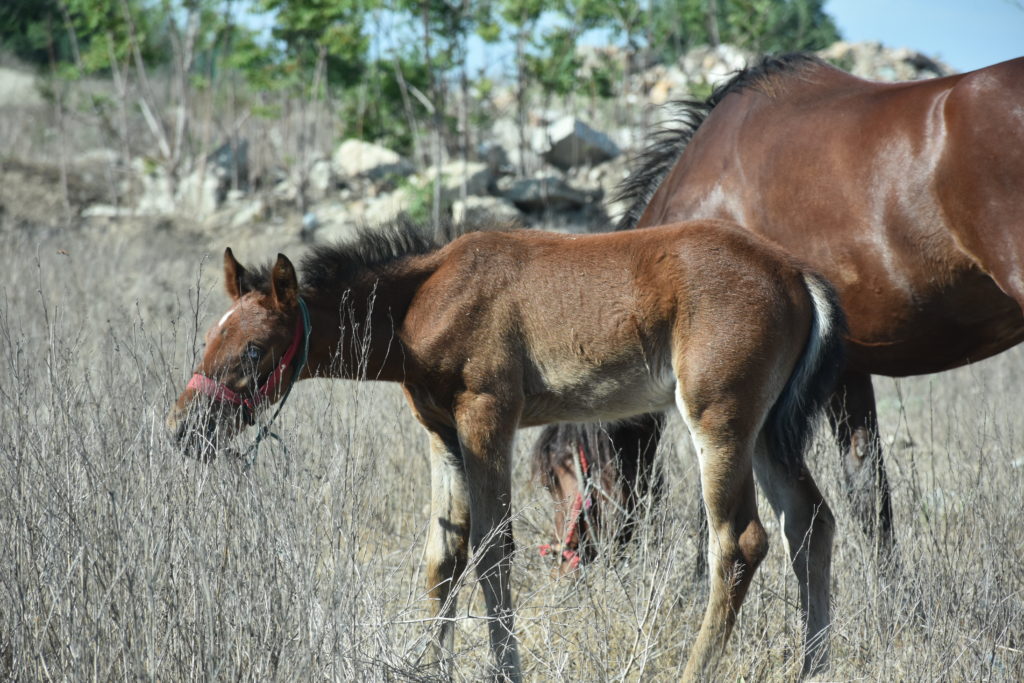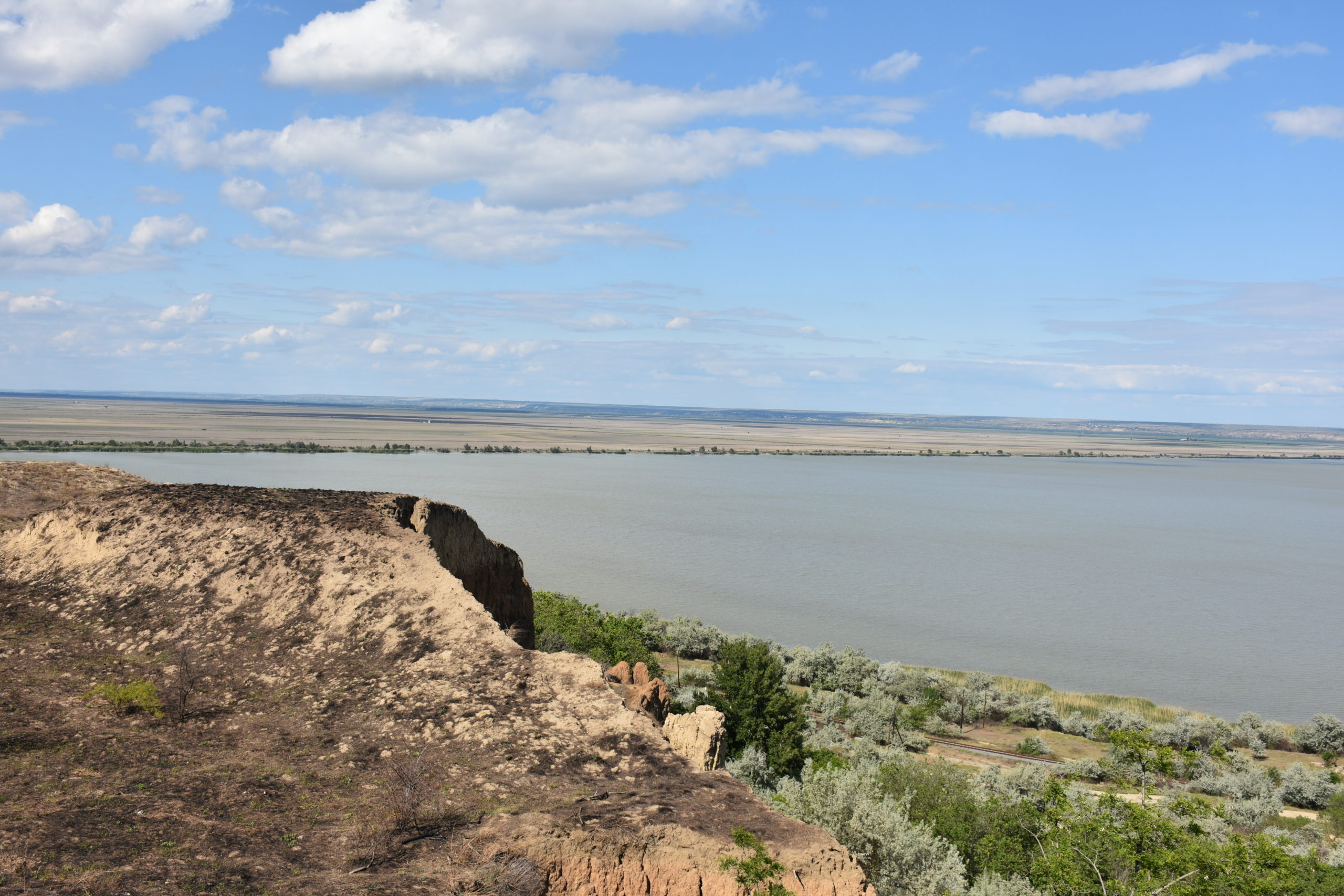By Sorina Neacsu
a cultural manager from Romania
In the south-eastern part of Romania, the Danube is at its highest and continues to slowly make its way towards the Black Sea. Galati is the largest port on the Danube. On its low ground, it houses natural beauty, trade, a shipyard, steel industry, pages and pages of history and sharp blizzards during winter months.
I grew up in this city and was always drawn to anything related to water. Being tied to the Danube’s banks, I never paid enough attention to the opposite part of the city and never would have guessed what mysteries lie there.
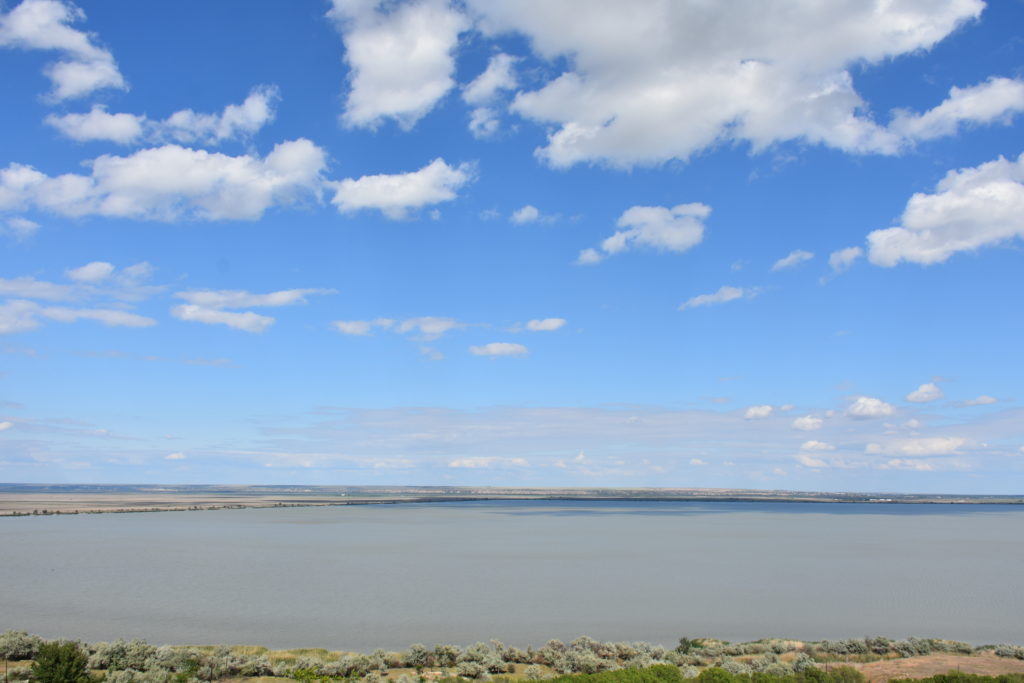
Brates Lake seems small today; it attracts the local population for its strand and there is still some fishing going on. When I first saw this lake, its clean-cut shoreline drew my attention and I asked myself why. Read below some of my findings.
Originally, this was one of the largest lakes in Romania. Situated next to the Danube and Prut rivers, its surface of about 7.4 ha. gave way to 3 m deep waters. It was also a part of River Prut’s delta, a beautiful string of smaller ponds. Thinking of its formation, at least two theories came up. According to the first one, Brates might be a former marine gulf detached from the Tetys Sea. The detachment itself was caused by earthquakes in the Hercynian Mountains and Danube’s alluvial deposits. The second hypothesis states that Brates might have formed by added alluvial clogging to the River Prut, which was long before called Brutus. The similarity in name stands out.
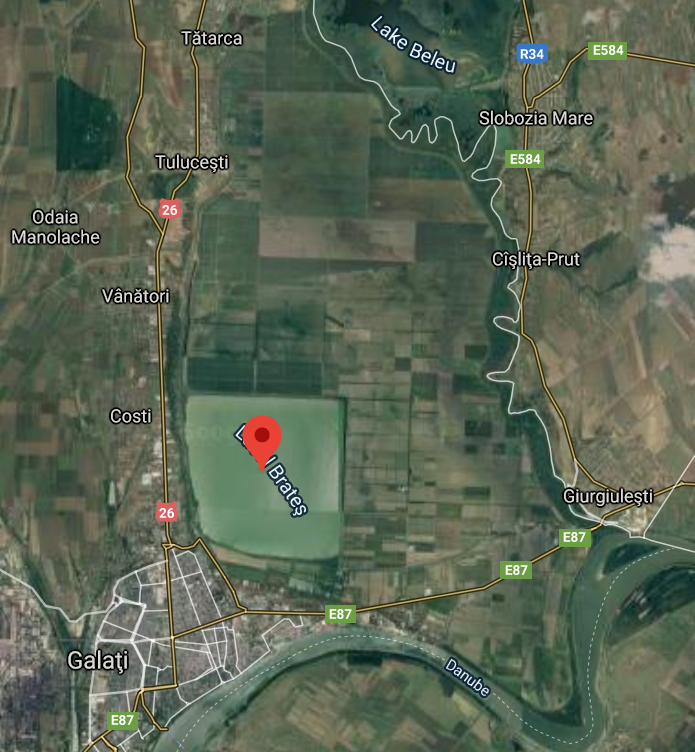
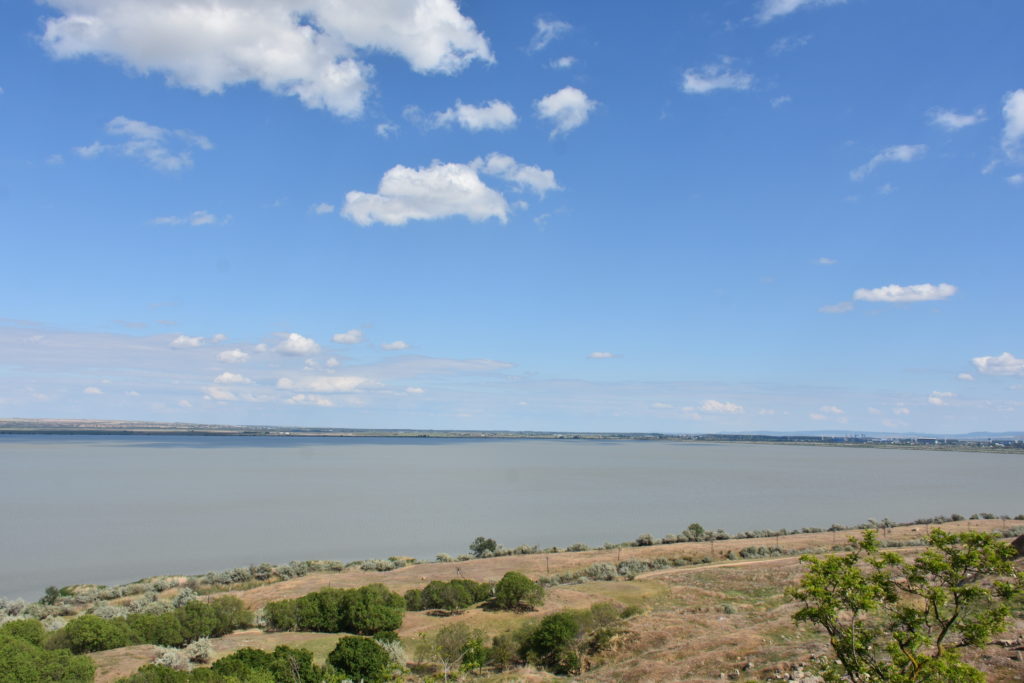
Greek influences reached Galati and Brates. Greek amphorae dating back to the 4th and 3rd centuries BC were excavated near Brates in the 20th century. It was later discovered that they were used for burial purposes.
In medieval times, Petru Rares (ca. 1483 – 1546) used to come here to fish before becoming a Prince in Moldavia. His wagons would transport his catch to important urban centres in the region, including a distant one in the north. According to legend, he fell in love with a Tatar woman from the area. His love for her turned into town names in the neighboring area of the lake. In Romanian, these names are Tuluceşti (Shining), Tătarca (Tatar woman), Frumusiţa (Beautiful), and enumerated like this, they sound like a proper love declaration.
A mere hundred years ago, right next to the lake there was a sizeable fishery and multiple ice houses. Freshly iced, the freshwater fish would travel in covered wagons to the northern part of the city. This simple trade was how most of the population around the lake made a living.
During the communist regime, though, the lake was downsized considerably. In 1948, a serious agrotechnical process began. Consequently, the surface of the lake was reduced to 2 ha. Then, on one of its banks, a plant was built to drain the deltaic plain and turn it into arable land. The new ground was first exploited in 1969 and the final setup was done by 1971. The remaining lake was used for fishing and tourism. A beach decorated with river rocks attracted numerous tourists and was a strong competitor to the traditional seaside beaches.
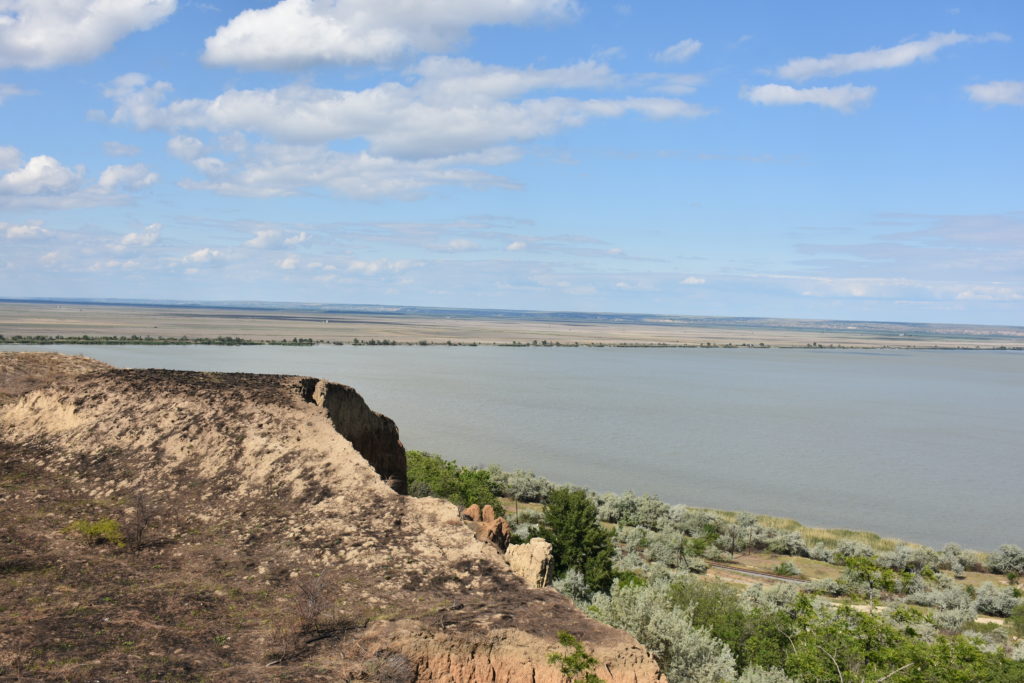
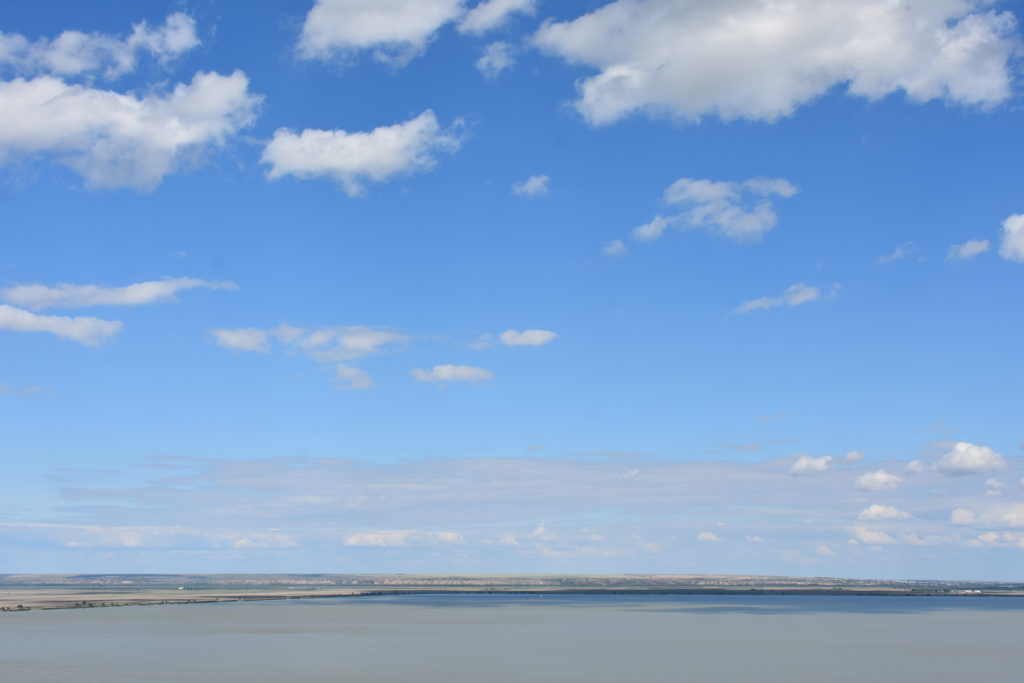
Right now, the lake is under the administration of a company for a fixed period of 49 years to help repopulate the lake with fish.
From a heritage perspective, this lake has flora and fauna to spare, a past rich enough to tell a story, and a significant transformation for us and future generations to think on.
